Jim Quinn On The West's Mass Collective Societal Suicide
Authored by Jim Quinn via The Burning Platform blog,
“Historians will look back at the wreckage of a once-great American civilization and not with wonder that tens of millions of people who were entirely dependent upon government welfare payments were nonetheless allowed to vote.
Even to include millions of illiterate 3rd world illiterate aliens who snuck in, then were put on welfare, and were given driver’s licenses and social security numbers, so they could vote in elections to give themselves more welfare. Eventually, the historians will agree that America committed mass collective suicide, because obviously such insane policies could never be contemplated by a rational people.” – Matt Bracken
The United States and many other formerly western white developed world countries have been in the process of committing mass collective societal suicide for the past thirty five years, with a rapid acceleration over the last several years.
The implications are vast, with the ultimate extinguishment of the white race baked into the demographic cake, unless massive changes in immigration policies are implemented and a cultural reversal in attitudes about having children takes hold. Neither seems likely at this point. The chart below paints a dire picture, but it is even worse than it appears.
The chart tells a story of which countries have embraced the mass suicide of their culture and those still resisting. The chart reveals the number of immigrants, but not where they came from and whether they arrived legally. So, Switzerland has the largest number of immigrants and a 66% increase since 1990, but the vast majority are from other European countries, as only 2% of their population are African. Iceland is another similar example, as the number of immigrants since 1990 has increased by a factor of six, but Africans still make up less than 1% of their population.
All you need to do is follow alt-media outlets to understand which countries have purposefully decided to destroy their cultures, economies, and national identity at the behest of globalist billionaires attempting to implement their Great Reset new world order by destroying the social and economic fabric of formerly white countries. Just view video evidence posted daily on the internet to know which countries are circling the drain because they have allowed and encouraged an invasion of low IQ, ignorant, violent, feral, 3rd world dregs to overwhelm their formerly cohesive white nations. Diversity has proven not to be a strength.
Those with the most dramatic transformation (deformation) towards 3rd world shithole status include: Ireland, Sweden, Belgium, Italy and the U.K.
In the case of Ireland it isn’t necessarily the pure number, but the growth of groups who are wreaking havoc. There were approximately 4,000 Muslims in Ireland in 1990. Today there are over 100,000 Muslims (2% of total population) and their growth rate is accelerating. They are highly concentrated in the major cities and account for the large percentage of crime, while consuming an inordinate percentage of welfare outlays. The captured woke Irish politicians allow this demographic to commit murder, while locking up white Irish natives for speaking out against this invasion.
Sweden is the poster child for the mass insanity of a previously homogeneous, safe, white society. There were approximately 50,000 Muslims in Sweden in 1990, less than 1% of the total population. Inexplicably, other than as part of a globalist plot to destroy Sweden, the fostered invasion by Muslim hordes has resulted in 2 million (20% of total population) of these godless savages rampaging through Sweden’s urban areas, raping Swedish girls and siphoning billions in welfare benefits. There are areas within Swedish cities declared no-go-zones, where even the police won’t go. Were the white Swedish people so guilt ridden by their 1st world, happy, homogeneous society, they felt the need to commit harakiri by opening their doors to a population who hate whites and all non-Muslims?
When I spent several days in Belgium in 1990, walking the streets of Brussels was safe and enjoyable. History and magnificent architecture oozed from every crevice. Muslims accounted for 2.7% of the population. Today they account for 8% of the population and white people are afraid to walk the streets. The once glorious culture of Belgium has been degraded, as they plunge towards third world shithole status. It has all been planned, initiated, and executed by the EU/WEF globalist coalition of billionaire psychopaths in suits.
Italy has historically been a very homogeneous nation, with Rome as the center of the Christian world. In 1990, there were less than 150,000 Muslims (less than 1% of total population) living in Italy. Today, after years of boats arriving from Africa with hordes of “refugees”, there are approximately 3 million Muslims representing 5% of the population. That is an invasion worthy of D-Day. These people don’t fit into Italian society, nor do they want to assimilate into Italian society. They stay in enclaves, where whites don’t dare venture. The largest Mosque in Europe is now located in Rome and the pope is a cuck to the Muslim religious fanatics.
Which brings us to our long-time ally – the U.K. The growth of immigrants is up 170% since 1990. Again, this has not occurred naturally or by accident. There has been a coordinated effort to “diversify” the whiteness out of the U.K. And if you point this out publicly, like Tommy Robinson has done, you are arrested and thrown in prison, while the savage Muslims rape your daughters and suck your welfare system dry. The U.K. police thugs crackdown on grannies for social media posts while violent Muslims wreak havoc in the capital and other urban areas. Dozens of native British citizens are thrown in jail daily for “offensive” social media posts.
In 1990, there were approximately 600,000 Muslims, making up a little more than 1% of the U.K. population. Today, they number 4 million, or 6.5% of the U.K. population. They may make up only 6.5% of the population, but do make up over 17% of the prison population. They spread hate and chaos wherever they go. The overthrow of the U.K. by Muslim hordes, promoted by captured co-conspiratorial government officials, and bankrolled by the likes of Soros, Gates, and their fellow WEF billionaire cronies, is well under way and unlikely to be stopped at this point.
Most of these European countries are too far gone to be saved. Their double pronged suicide pact not only includes the implosion of their cultures through importation of low IQ violent savages, but a World War 3 death wish from provoking Putin and depleting their treasuries to supply the most corrupt regime (Ukraine) in world history in a fruitless losing effort meant to distract their populace from their disastrous domestic policies.
The U.S., on the other hand has not crossed the Rubicon yet. Immigrant growth of 65% since 1990 is large, but considerably less than their European counterparts. The worst happened during the dementia basement dummy’s reign of error and terror, as his handlers implemented the Soros/Gates/Schwab Great Reset plan to the best of their ability while Joe took naps and shit his pants.
The U.S. immigration debacle is multi-pronged, with 52 million total immigrants, but an astronomical number of those being illegal invaders. The Muslim problem is large and growing. In 1990, there were approximately 750,000 Muslims in the U.S., constituting about 0.3% of the total population. They now number close to 5 million, or 1.5% of the population.
That doesn’t sound like a lot, but they take over specific areas of our urban enclaves and then gain power by electing themselves into political positions. They spread hate and divisiveness, while committing an inordinate amount of crimes, and gaming/scamming the welfare system. Muslim men who account for less than 1% of the total U.S. population, now account for 9% of all prison inmates.
With Somalis stealing billions from taxpayers in Minnesota, with the blessing of retard Walz and incestuous Omar, in the news for the last few weeks, the question of why Minnesota and other areas of the U.S. have been flooded by these low IQ , deceptive, criminal lowlifes is unanswered. There were only 2,000 Somalis in the U.S. in 1990. Now there are 300,000, with one-third in the Minneapolis area. Why would people from a country with an average temperature of 90 degrees emigrate to a region with winter temperatures averaging 20 degrees?
This invasion was clearly coordinated and planned by the globalists looking to create havoc, disarray, the tearing of the social fabric of a vibrant white culture, and the destruction of community norms which have successfully sustained our society for decades. One must ask themselves, has the increase in 3rd world African shithole country migrants from under 400,000 in 1990 to near 5 million today benefited our country? If these low IQ dregs supposedly increase the vibrancy and diversity of our country, why are the countries they came from still shitholes? Their occupation in our country costs real American taxpayers BILLIONS per year in welfare payments, not to mention the outsized cost of dealing with their rampant criminal behavior.
There is a reason Africa looks the same today as it did a century ago, before the western world poured $2.6 trillion down the shithole drain of 3rd world countries who do not have the wherewithal or intelligence to improve their own lot.
It’s bad enough for our society with the invasion of Africans/Muslims, but the biggest issue over the last several years was the Biden/Harris coordinated attack on America, with their co-conspirators Soros, Gates, USAID, bought off democrat politicians, globalist funded NGOs, and willing apparatchiks within the government bureaucracy. The border was opened wide, as busses, trains, and air transport dropped 3rd world mutts into our cities across the land. All designed to undermine our once cohesive society.
There are now approximately 27 million Latin Americans roaming our streets, refusing to assimilate, committing crimes, and sucking our welfare system dry. At least 14 million of them are illegal, but the number is probably much higher. They may be illegal, but somehow they vote, get drivers licenses, collect welfare, go to our public schools, commit an outsized proportion of crime, and generally create chaos and havoc in our own democrat run urban shithole cities. The country is already $38 trillion in debt, with another $200 trillion of unfunded welfare liabilities. Our cities and states are also essentially bankrupt, using GAAP accounting. Allowing the country to be overrun by 3rd world rabble is accelerating our societal suicide.
But that is the point, isn’t it. There is no rational explanation for why the U.S. and western European countries would insanely encourage and allow the uninhibited invasion of their nations by 3rd world riff-raff who degrade and diminish the standard of living of their native populations. The level of bribes, payoffs, corruption, and propaganda from feckless legacy media outlets, are at astronomical levels when it comes to promoting and propagating this mass collective societal suicide. The amount of money to initiate and perpetuate this global years long invasion numbers in the hundreds of billions and could only be funded by the likes of Soros, Gates, and their other Davos billionaire cronies.
The goals are demoralization of the white native populations of western developed nations, the destruction of the economies sustaining the formerly 1st world status of these countries, degradation of the culture through insane woke agendas celebrating abnormality, capture of governments through insertion of political operatives, and indoctrination of the youth within the government school systems and universities with radical communistic beliefs destined to purposefully fail. Their Great Reset/Great Taking plan is real. You will own nothing and not actually be very happy once they are done with you.
None of what is happening is normal or naturally occurring. It’s part of a plan to enslave the world in a digital gulag, where your CBDCs will be doled out according to your subservience and maintaining the proper social credit score, and everything you say, type or do will be monitored 24/7 by the ruling totalitarian oligarchs who have society’s “best interest” at heart. Wait until they pull the plug on the financial system and your 401k is vaporized/ bailed-in to “save” the system. They will own everything and you will own nothing. We are already more than 50% down this path.
If I lived in the UK, this article would get me thrown in jail.
“The real hopeless victims of mental illness are to be found among those who appear to be most normal. “Many of them are normal because they are so well adjusted to our mode of existence, because their human voice has been silenced so early in their lives, that they do not even struggle or suffer or develop symptoms as the neurotic does.” They are normal not in what may be called the absolute sense of the word; they are normal only in relation to a profoundly abnormal society. Their perfect adjustment to that abnormal society is a measure of their mental sickness. These millions of abnormally normal people, living without fuss in a society to which, if they were fully human beings, they ought not to be adjusted.”
- Aldous Huxley, Brave New World Revisited
The censorship police will be coming to the U.S. next. Their propaganda machine has convinced billions what is happening is normal. But it is profoundly abnormal, as Huxley described seven decades ago. This mass societal suicide in progress is a form of mental illness and I refuse to adjust my mind to this warped abnormal dystopian fantasy world. Time is growing short to stand up against the psychopaths in suits implementing their abnormal agenda. I hope enough of us are up to the challenge.
Tyler Durden Mon, 12/08/2025 - 23:25
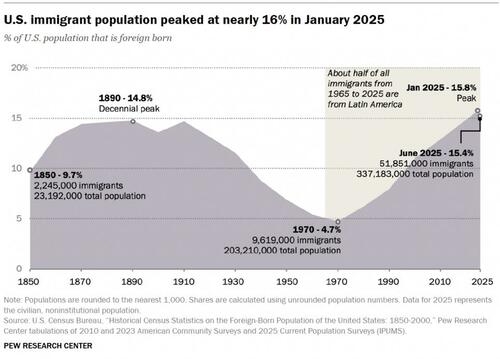
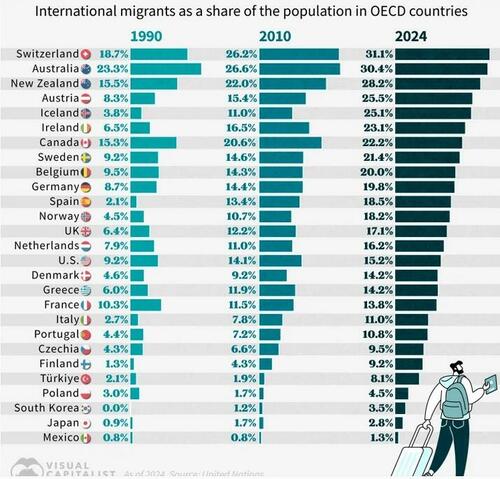




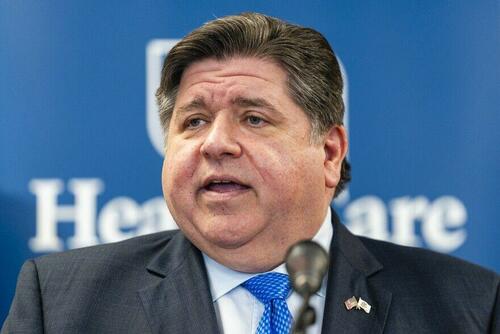



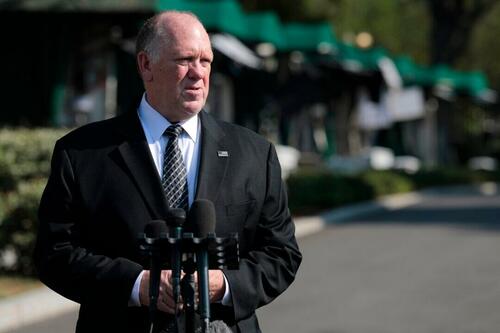




 Close up of the Lockheed Martin Airborne Laser Turret in a clean room. Photo: Lockheed Martin.
Close up of the Lockheed Martin Airborne Laser Turret in a clean room. Photo: Lockheed Martin. The F/A-XX placeholder design as shown by the U.S. Navy in its vision for 2030-2035, together with a better image of the original fictional design. (Image credit: U.S. Navy and Tapatalk)
The F/A-XX placeholder design as shown by the U.S. Navy in its vision for 2030-2035, together with a better image of the original fictional design. (Image credit: U.S. Navy and Tapatalk) via Tom Barrack/X
via Tom Barrack/X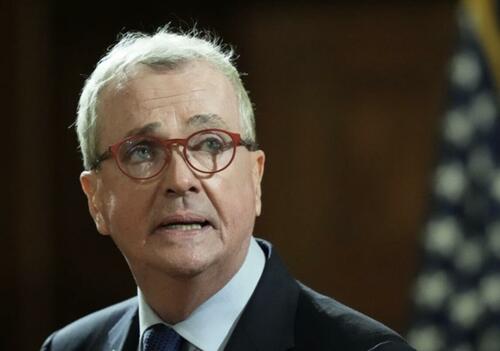 The glasses are always the tell
The glasses are always the tell Tieheen Fletcher, Convicted of murder and weapons offenses.
Tieheen Fletcher, Convicted of murder and weapons offenses.
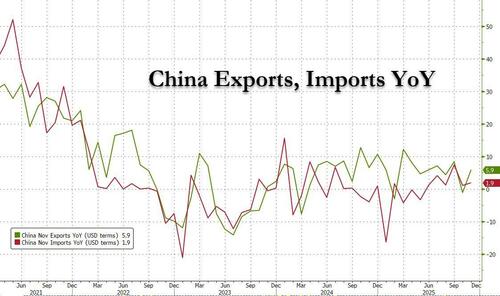
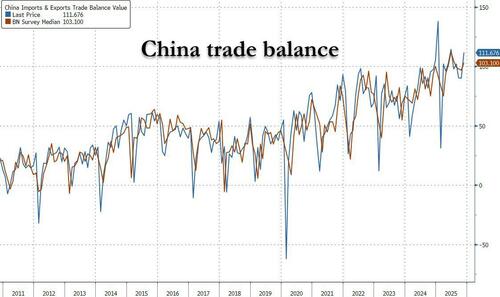
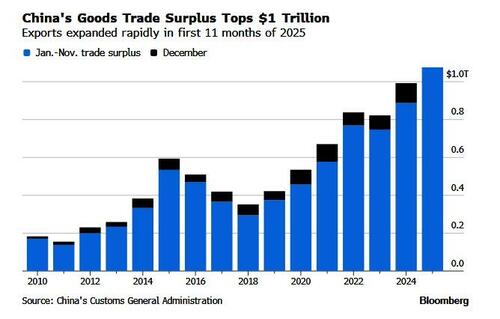
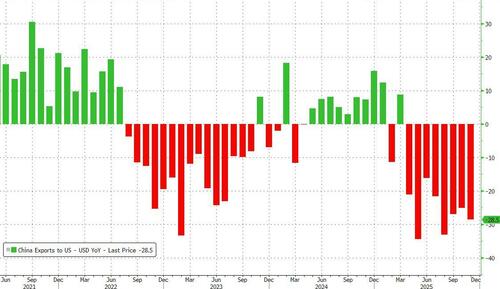
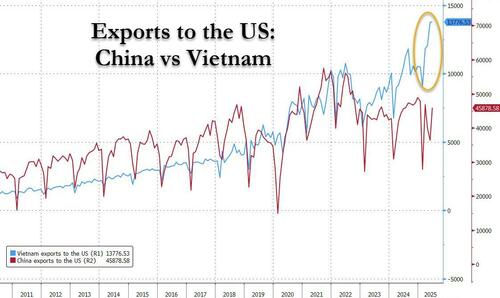
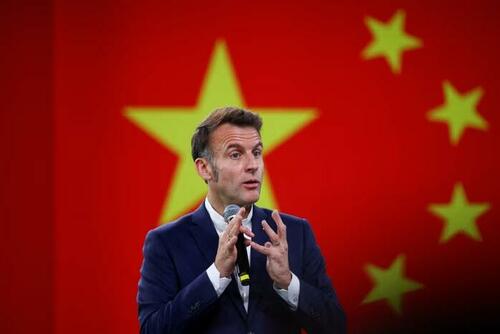 French President Emmanuel Macron in China
French President Emmanuel Macron in China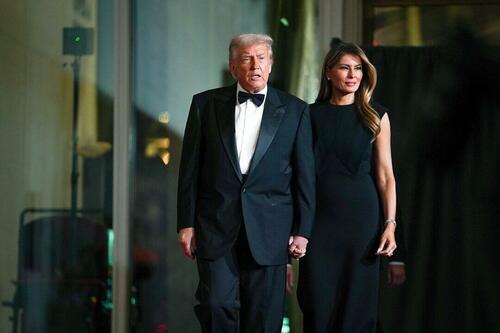
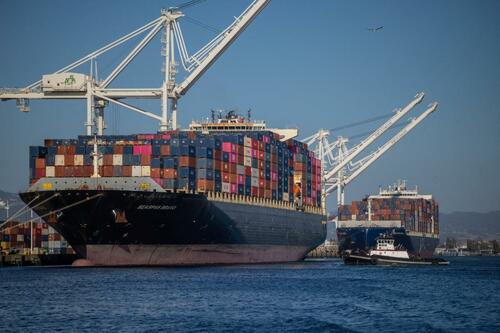
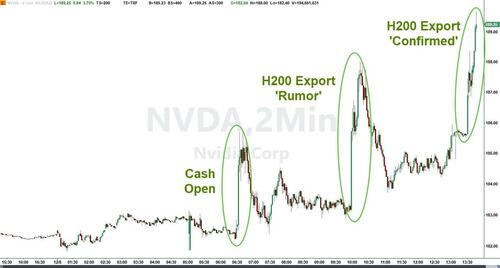





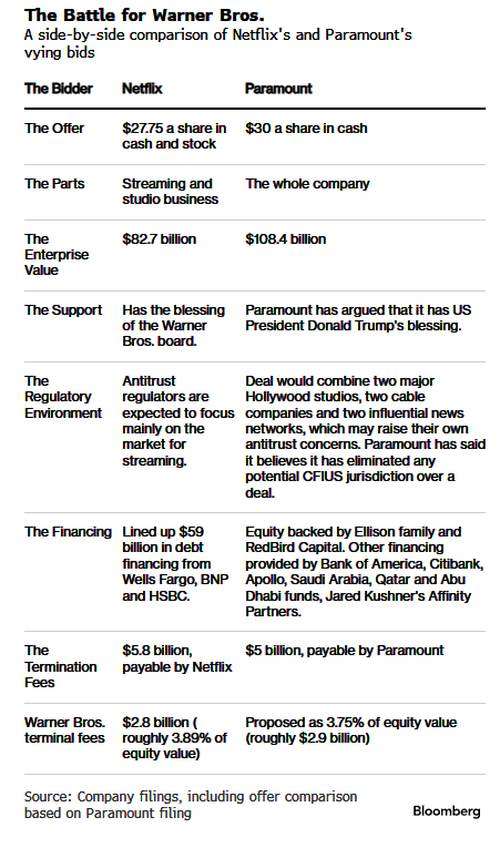
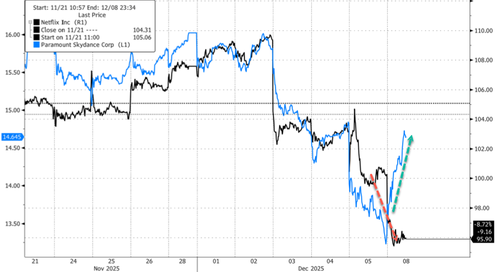


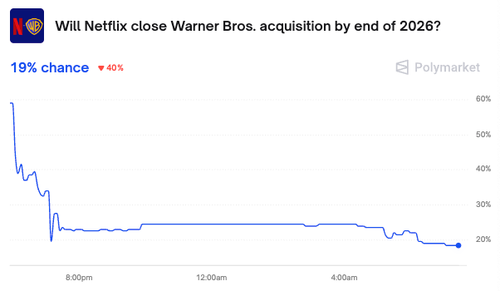
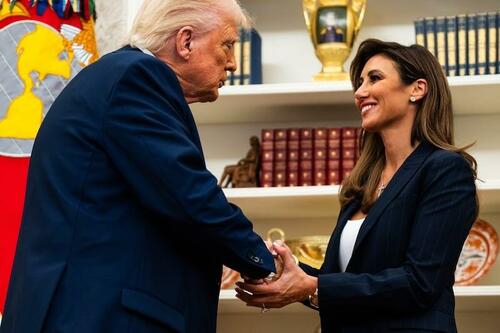
Recent comments